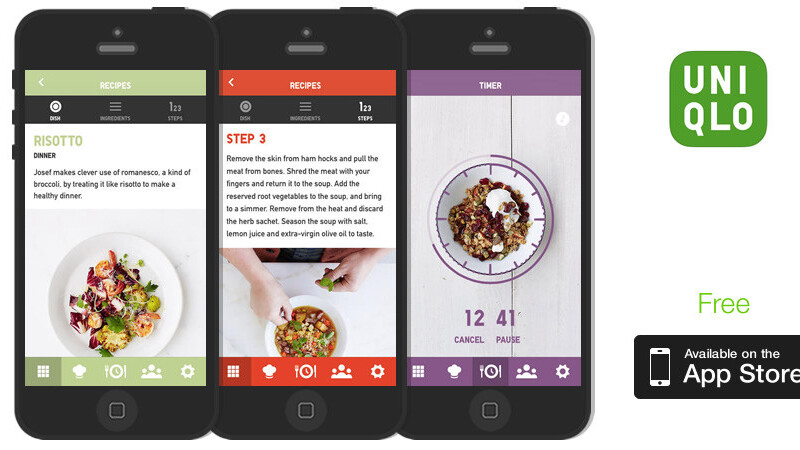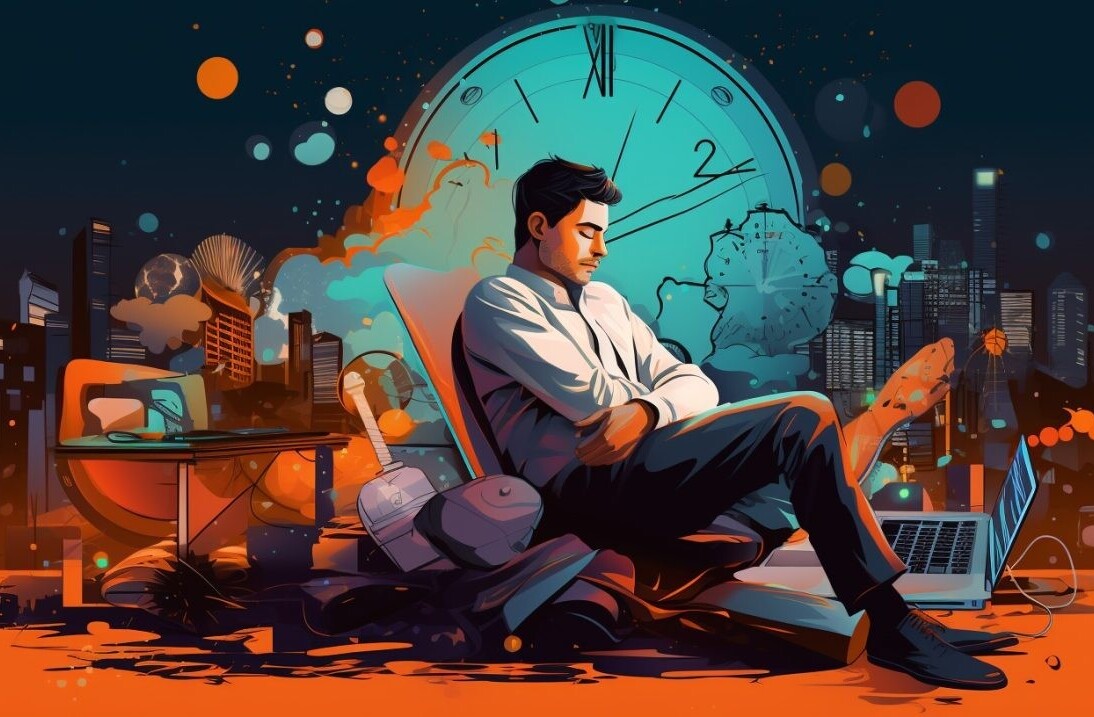
Brian Honigman is a marketing consultant, a professional speaker and a freelance writer. This post originally appeared on the SumAll blog.
The online and offline world of your business should be one cohesive experience that meshes together well. Both your online store and offline locations can help support one another in a variety of ways, but approaching each store separately will limit the full potential of your business, missing out on key opportunities.
Last year and already in 2014, many e-commerce first websites like Warby Parker, Bonobos, and Birchbox have opened up brick-and-mortar retail locations to better serve their customers. Many of these businesses opened up physical stores due to their data sources telling them that’s what their customer base wanted to complete their experience with each brand.
This data from their analytics better informed their decision to expand their offerings and make a greater impact with their customers. Here’s how to best sync your e-commerce store online with your brick-and-mortar store offline.
Educate your staff on your entire business
Staff members that work in your retail stores should be very familiar with your e-commerce store and vice-versa. Retail associates should be able to reference your website to direct customers to related products and services that will either improve upon or replace their experience at the retail store.
When your retail associates help customers with the use of your website and provide instruction on how it to find certain products, it will help tremendously with driving future sales and improving the customer service experience. Your website will often be stocked with items that aren’t available at some of your retail locations, which makes your online store a destination that your customers can rely on to find specific items.
If an item isn’t available in a specific color, size, or style, your retail associates can quickly review your e-commerce store to see if the product the customer is looking for is available online instead.
Some businesses like Party City, a party supply store, allows customers to shop online in their retail store and there’s no ground shipping for their orders at certain locations, since a customer has already taken time out of there day to visit the retail store.
Train your staff on the in’s and out’s of both sides of your business to ensure there’s a consistent experience for your customers online and offline to help turn visitors into customers.
Social media should drive traffic and conversations to both stores
The content shared with your social media following should always vary to include different types of media like photos, videos, GIF’s, and more, as well as different messaging addressing your various product and service offerings, different topics of interest to your audience, and updates about ongoing promotions.
Your content shared on social media should address happenings with your e-commerce store as well as your physical retail stores. Discuss sales happening online, as well as at your physical stores to drive further awareness of both opportunities to save on your products or services.
When possible, target the content related to specific store locations to ensure only certain members of your audience see this information. 
Facebook allows businesses to target members of their audiences based off of a few different demographics, one of which being geographic location.
This is an extremely helpful means of targeting certain areas where your brick-and-mortar stores are located to ensure the message is relevant, instead of sending the update to your entire online audience who may be a far distance from a particular retail location.
As seen above, makeup brand Sephora was holding an event in NYC that would likely only be attended by customers in the tri-state area. Therefore, the brand didn’t share it with its whole audience, and targeted certain geographic locations; hence the gear symbol on the Facebook post that implies it is content being sent to a specific audience.
Set-up lead generation through email marketing sign-ups in your physical stores
Many retail stores today like Urban Outfitters and Macy’s give in-store customers the option of having their receipts e-mailed to them instead of having them printed out at the register. This not only saves paper, but also allows retailers to capture the e-mail addresses of their existing customer base.
It’s an opportunity to reach customers that typically visit your brick-and-mortar store on your online store in the future because you can now ask them if they wish to opt-in to your marketing e-mails. Customers are more likely to say yes to your request since you already have their e-mail and started to compile a profile on their shopping habits that end of the day provides them with a better experience.
When collecting a customer’s e-mail address in-store you’re able to build a customer profile that allows your organization to track their shopping behavior across your online and offline stores. This is extremely helpful for catering the experience to your customers once you know much more about their individual preferences and habits.
Once you’ve collected a customer’s email in-store, you’re able to better target this customer with your email marketing messaging, social and display advertising to drive more conversions on your online store and future visits to your retail stores.
For example, Twitter and Facebook allow businesses to target customer’s based off of their e-mail addresses to provide them with relevant offers, reminders to return to your store and relevant content to help grow a stronger relationship with your brand.
With a little coordination between the efforts of your retail stores and team, your company can drive more sales online and capture customers across the purchasing funnel.
Create a mobile app to offer a seamless experience between e-tail and retail stores
A mobile app is the best way to sync your initiatives between your e-commerce and brick-and-mortar stores since customers can access your app from a tablet set up at your retail store or from their very own mobile device while shopping in your physical store.
Your company’s mobile app can let your customers compare prices, see what’s in stock online, learn more information about a product, get exclusive access to content about the product line, mobile only offers to be applied in-store, social sharing integration to make it easy for customers to share their visit to your store with their network, a store locator, and more.
By developing a mobile app to suit your needs, you’re connecting both your online and offline customer base together with one cohesive experience that allows your brand first hand access to your consumer and their shopping habits.
A mobile phone is now the first touch point of a consumer experience with a brand and your biggest opportunity as a business to reach your customer at every step of the purchasing funnel.
Fashion retailer Uniqlo uses its mobile apps to drive foot traffic to its physical stores by improving upon the brand’s image. Capitalizing on the use of a calendar app, an alarm clock app, a mobile app of their online store, a recipe app, and a beauty app, Uniqlo attempts to provide added value to their customer base on a consistent basis to improve their ongoing experiences with the brand.
Not to mention, its shopping app allows a customer to scan the logos of particular items to provide additional information via video about certain product lines and styles.
Uniqlo created an ecosystem of mobile apps to better connect its customers with its various store experiences, which should be a long-term goal for your business. Today, many companies only have one app to support their retail and e-commerce stores, therefore it’s possible to connect your customers across their experience with your brand from one dedicated mobile resource.
What’s your organization’s biggest roadblock in coordinating your online and offline efforts? Have you seen other successful examples of e-commerce and brick-and-mortar integrations? Please share your comments below; we’d love to hear from you!
Get the TNW newsletter
Get the most important tech news in your inbox each week.






